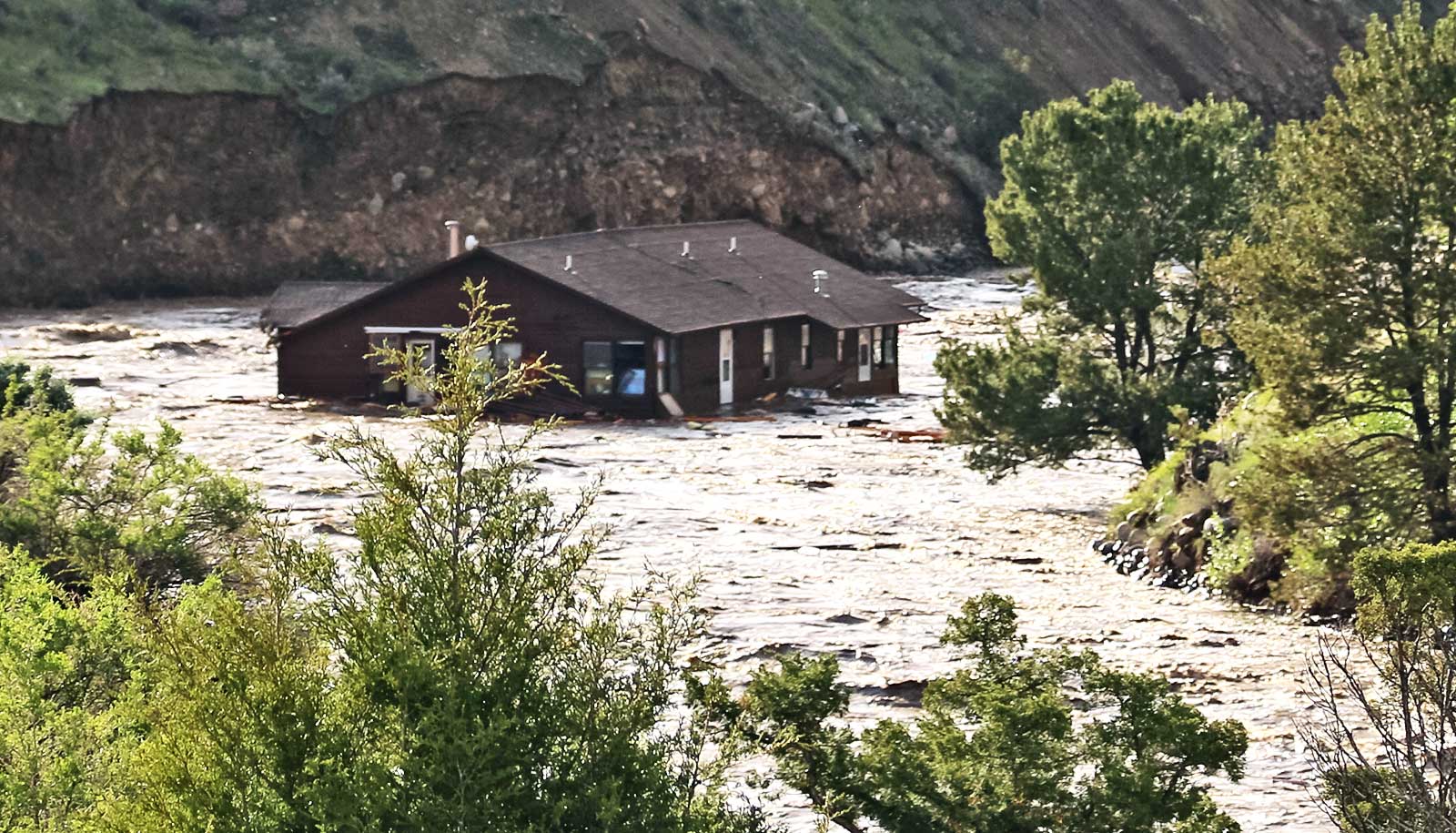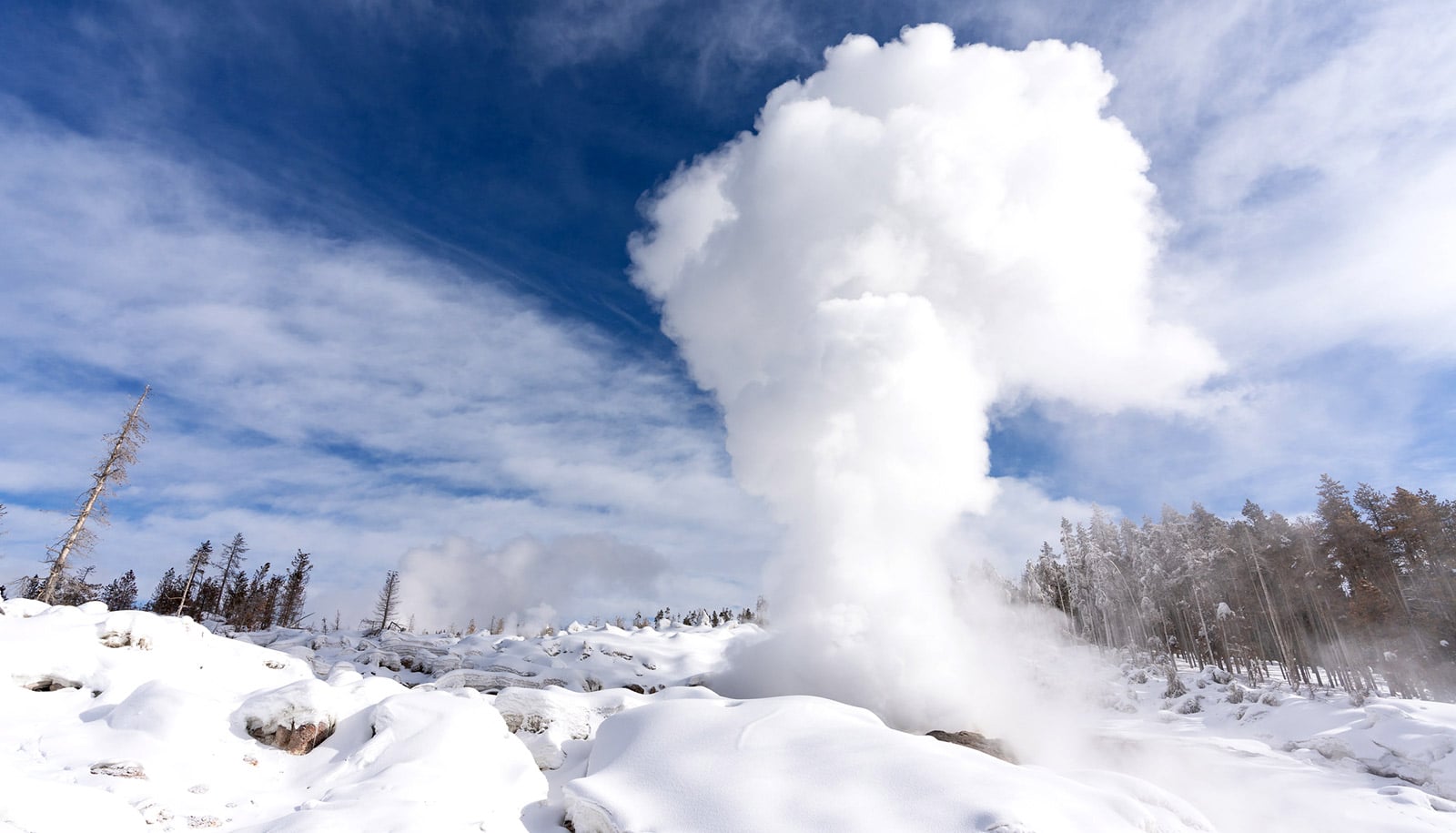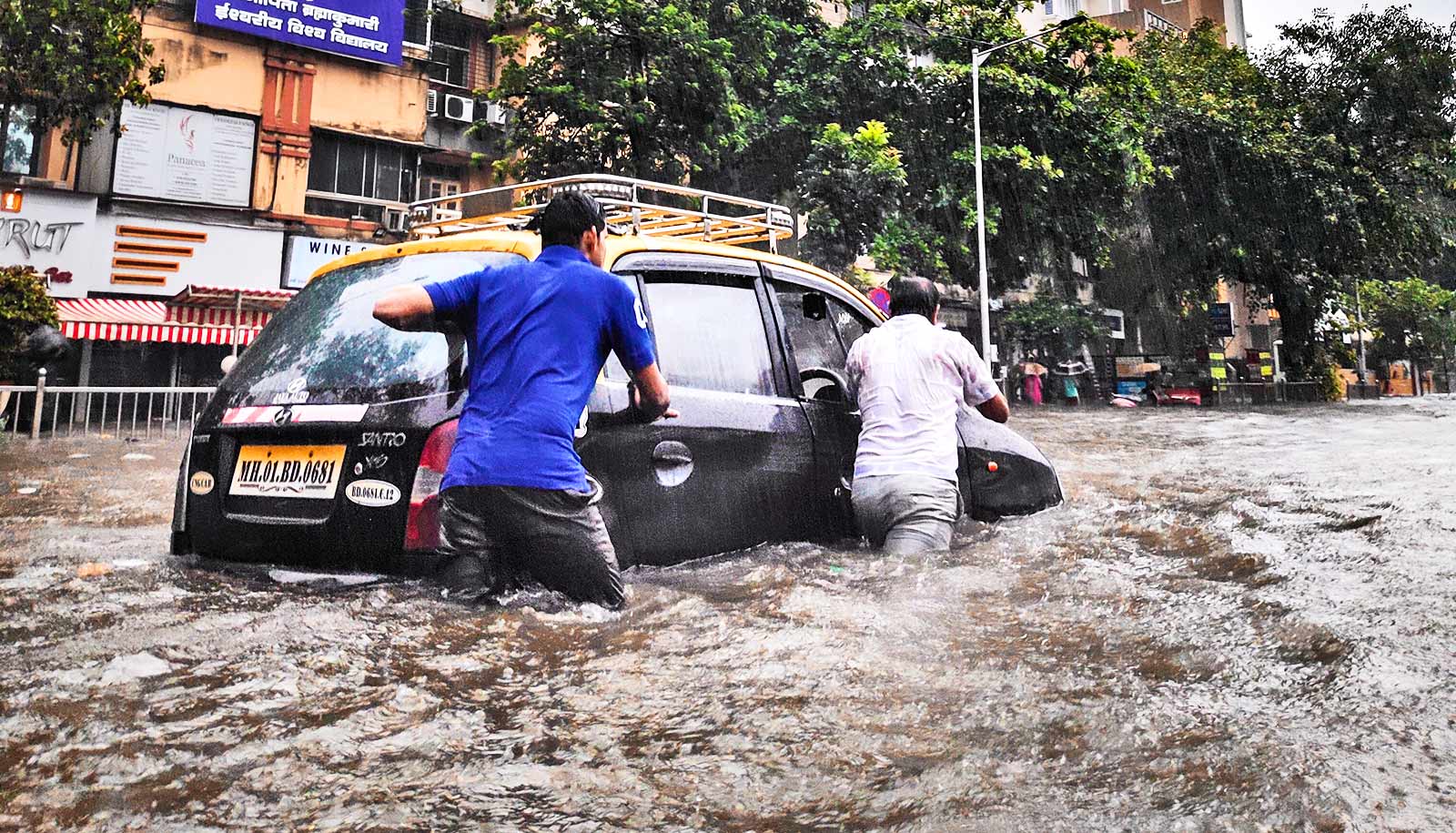Last month, heavy rains fell on melting snowpack in and around Yellowstone National Park, resulting in widespread flooding, mudslides, and damage to infrastructure.
The US Geological Survey described the storm, which forced the evacuation of visitors and closed parts of the park indefinitely, as a 1 in 500-year event.
“The magnitude and rate of change right now are way beyond anything we humans have seen.”
“We used to say that our best guess for tomorrow’s weather is what happened yesterday. We can’t say that anymore,” says Liz Hadly, professor of environmental biology at Stanford University, faculty director of Jasper Ridge Biological Preserve, and a longtime Yellowstone resident.
“The magnitude and rate of change right now are way beyond anything we humans have seen. We’re pushing the envelope of human knowledge,” Hadly says.
Here, she explains the flooding event and how it fits into the context of global climate change:
How has the flooding changed Yellowstone?
On the geologic time scale, Yellowstone will prevail. Yes, there will be more erosion, and because of global climate change, there will continue to be more fires and floods. But the park itself will prevail.
Let’s talk about change from the human perspective. Forty years ago, when I first lived and worked in Yellowstone, we had 2 million visitors per year. There are now 4 million visitors per year. We’re going to need to rethink not just this park, but how to support a massive influx of tourism in all of our parks.
How do we decide which of these 4 million people make it into Yellowstone when suddenly half the roads are closed for as much as a year? How do we feed them when the small towns that serve tourists are cut off from stores in larger cities nearby? How do we process sewage when infrastructure is badly damaged? I think managing visitation numbers in the face of increasing environmental disturbance has got to be in the cards.
Was the recent flooding in Yellowstone connected to global climate change?
Yes, it was. As the planet warms, our atmosphere tries to equalize gradients of temperature and distribute that extra heat around the globe. As it does so, we have air masses that transition rapidly between extremes—hot and cold, higher and lower moisture. These intense concentrations and adjustments can cause violent swings in weather. Because warmer air can hold more moisture, it also can release a lot more water in the form of precipitation.
In the case of the Yellowstone flooding, warmer temperatures and earlier snowmelt are causing peak runoff on the Yellowstone River to occur earlier in the year. On top of that, the park had an unusually late heavy snowfall. The weather then quickly warmed and accelerated snowmelt. When we saw an atmospheric river bring massive amounts of rain to the area, snowmelt intensified. The combined result was the massive flooding we witnessed.
Some scientists say that the flooding in Yellowstone represents a 500-year or even a 1,000-year event. Are we seeing more of these events?
I’m a big fan of using the paleo record to contextualize the kinds of changes we’re seeing—not just the magnitude of changes, but also the rate of those changes.
The amount of warming we’re likely to see on the planet by the year 2100 is equivalent to the warming of 14 to 15 million years ago.
One or 2 degrees of warming might not seem like a lot, but when you average that around the globe, and you think about the last time average temperatures were that high—that gives you a perspective that’s beyond the evolutionary age of most mammalian species.
A new “normal” isn’t the right word because it suggests some sort of a dynamic equilibrium. We are headed toward an unknown future that will be characterized by unexpected, dramatic change over centuries, not one of stability. Humans just aren’t used to dealing with that.
What is the significance of the Yellowstone flooding?
For anybody who’s traveled to the park—and a lot of people in the US have been there—all they have to do is look at the Mammoth to Gardiner Road. It’s one of the main entrances into the park, and Mammoth is where the park’s headquarters are. People seeing those images are going to realize that the road connecting the park’s headquarters to the neighboring community that houses and feeds park managers is gone. They’ll also wonder, how will I get into and out of the park?
It’s also important for future visitors. Yellowstone is booked out years in advance. To suddenly cut visitation in half due to infrastructure damage—people will be impacted. Ironically, this year marks the 150-year anniversary of Yellowstone, the world’s first national park. We all own this place—it is the “backyard” of all Americans.
That kind of symbolism may bring more awareness to the seriousness of global climate change, and how even the most protected places on Earth are not safe from our impact on the planet.
Source: Stanford University



